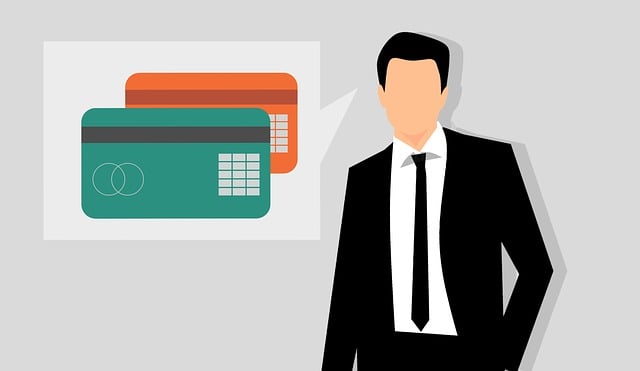Secured and unsecured loans represent contrasting financial options for Credit Card Debt Consolidation. Secured loans, backed by assets like property or vehicles, offer lower interest rates but require collateral. Unsecured loans lack collateral, are easier to access but come with higher rates, and depend on borrower creditworthiness. For substantial debt consolidation, secured loans provide better rates; for accessibility without asset risk, unsecured loans are suitable if offering competitive rates.
Understanding the difference between secured and unsecured loans is crucial for managing credit card debt consolidation. Secured loans are backed by collateral, offering potentially lower interest rates but higher risk if you default. Unsecured loans, lacking collateral, provide greater flexibility but generally carry higher interest rates and stricter borrowing limits. This article breaks down these key differences to help you make an informed decision for your credit card debt consolidation needs.
- Understanding Secured and Unsecured Loans
- Key Differences Between the Two
- When to Choose Each Type for Credit Card Debt Consolidation
Understanding Secured and Unsecured Loans
Secured and unsecured loans are two distinct types of financial instruments that differ primarily based on the collateral involved. A secured loan is backed by an asset, such as property or a vehicle, which acts as insurance for the lender in case of default. This type of loan often comes with lower interest rates because the lender has less risk. It’s a popular choice for those looking to consolidate credit card debt, as it allows them to use their assets as collateral, potentially saving them money on interest charges.
On the other hand, an unsecured loan doesn’t require any collateral. Lenders rely solely on the borrower’s creditworthiness and repayment history for approval. While this means a higher risk for the lender, it also offers borrowers flexibility since they don’t need to put up any assets as security. Unsecured loans are suitable for various purposes, including personal expenses, education, or business ventures, but typically come with higher interest rates to compensate for the lack of collateral.
Key Differences Between the Two
When considering a loan, whether secured or unsecured, understanding the key differences is crucial for making an informed decision, especially when aiming to manage credit card debt consolidation. The primary distinction lies in the collateral requirement and the associated risks. A secured loan demands that borrowers offer some form of asset as collateral, such as property or vehicles. This ensures the lender’s investment is protected, often resulting in lower interest rates and more flexible terms for qualified borrowers. In contrast, unsecured loans do not require collateral, making them more accessible but usually carrying higher interest rates to compensate for the increased risk to the lender.
For individuals seeking debt consolidation, secured loans can be advantageous as they may lead to better overall interest rates and repayment conditions when consolidating credit card debt. However, borrowers must be disciplined to maintain the underlying asset’s value to avoid potential foreclosure or repossession if they fail to make payments. Unsecured loans, while offering greater flexibility in terms of collateral, come with a higher risk for default, which can impact future borrowing capabilities and lead to more stringent repayment terms.
When to Choose Each Type for Credit Card Debt Consolidation
When considering credit card debt consolidation, secured and unsecured loans serve as two distinct options. Secured loans are ideal when you possess significant assets—like a home or vehicle—that can act as collateral. By using an asset as security, lenders mitigate risk, often resulting in lower interest rates for borrowers. This makes secured loans appealing for substantial debt consolidations, such as combining multiple credit cards with high-interest rates into one loan with a more manageable rate.
Unsecured loans, on the other hand, don’t require collateral and are suitable when you have limited assets to offer as security. They’re generally easier to obtain but usually come with higher interest rates because of the increased risk for lenders. Unsecured loans can be a good fit for credit card debt consolidation if your credit score is strong enough to secure a competitive rate or if you want to avoid potentially losing an asset through foreclosure in case of default.
Secured and unsecured loans serve distinct purposes in financial planning, particularly when considering credit card debt consolidation. Secured loans, backed by collateral, offer lower interest rates but present the risk of asset forfeiture if repayment fails. Unsecured loans, lacking collateral, are more accessible but come with higher interest rates. For credit card debt consolidation, unsecured loans can be advantageous when individuals lack sufficient assets to secure a loan. However, managing high-interest rates requires disciplined repayment strategies. Understanding these differences is crucial for making informed decisions aimed at alleviating credit card debt and achieving financial stability.
